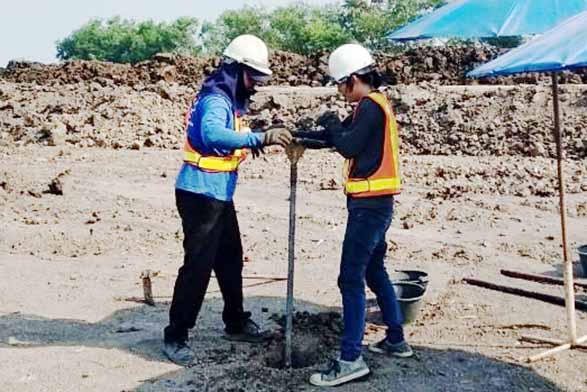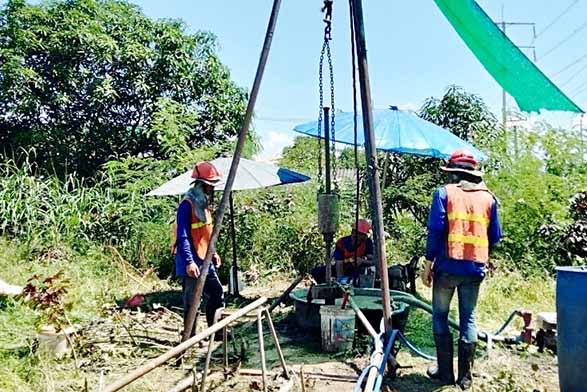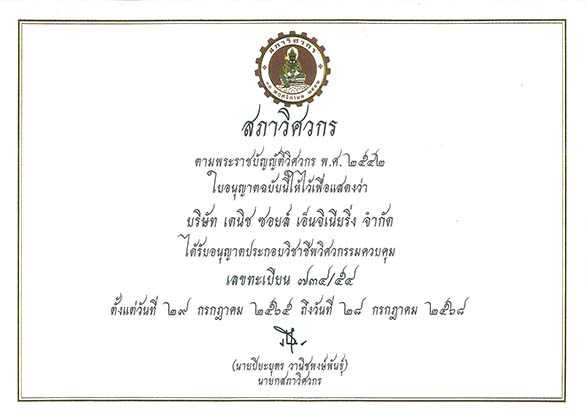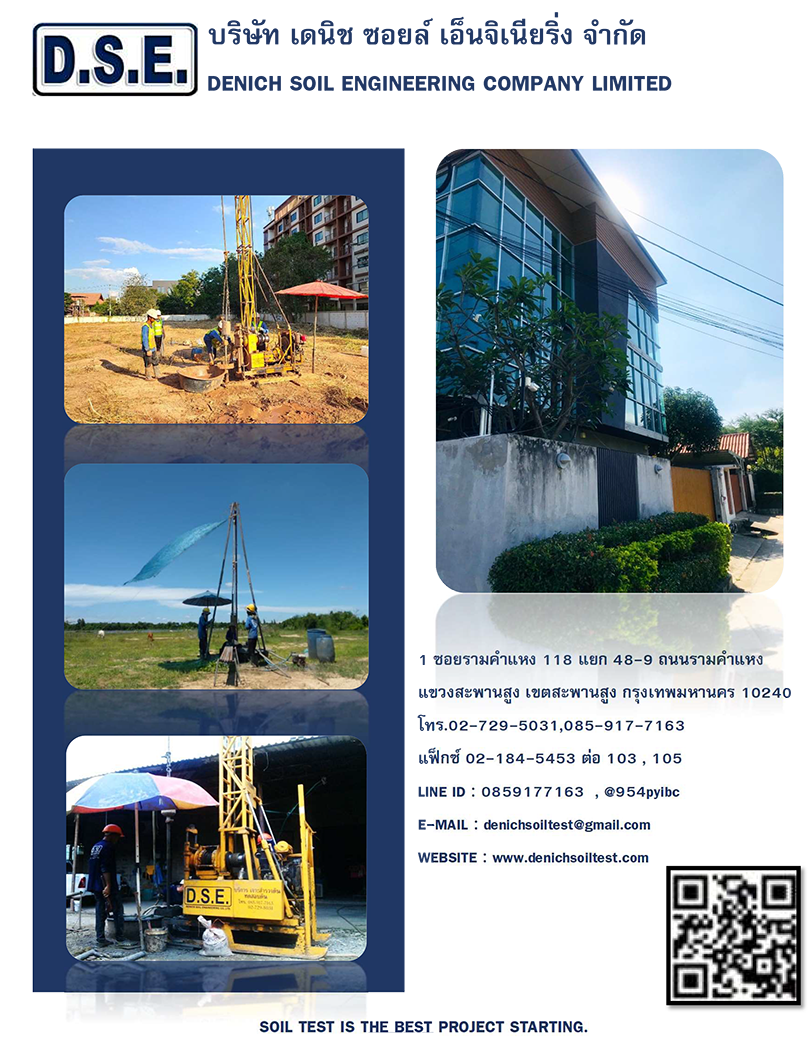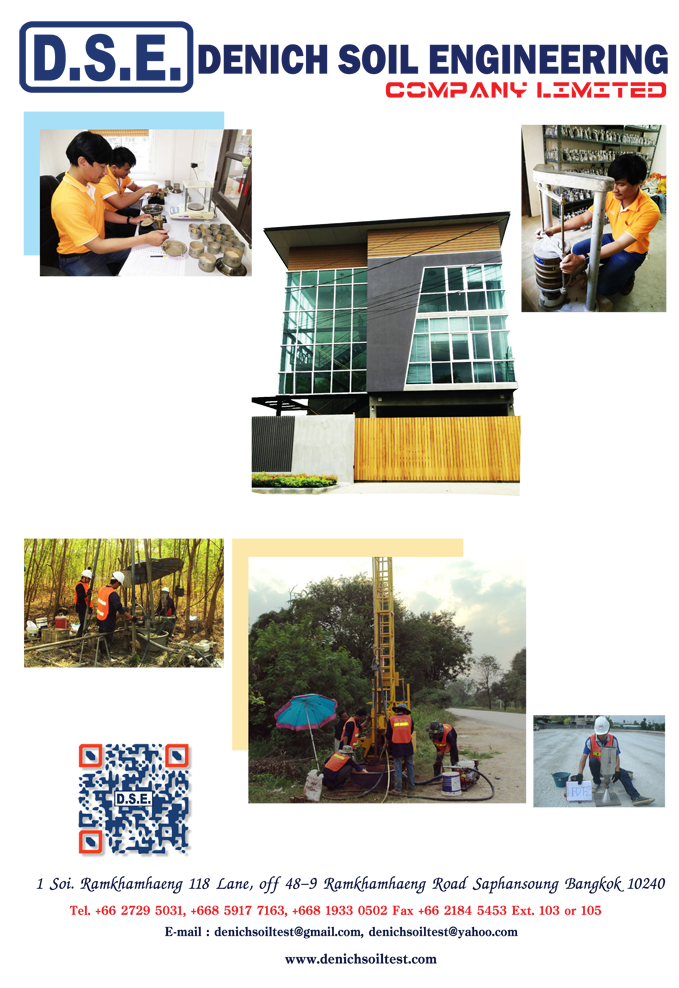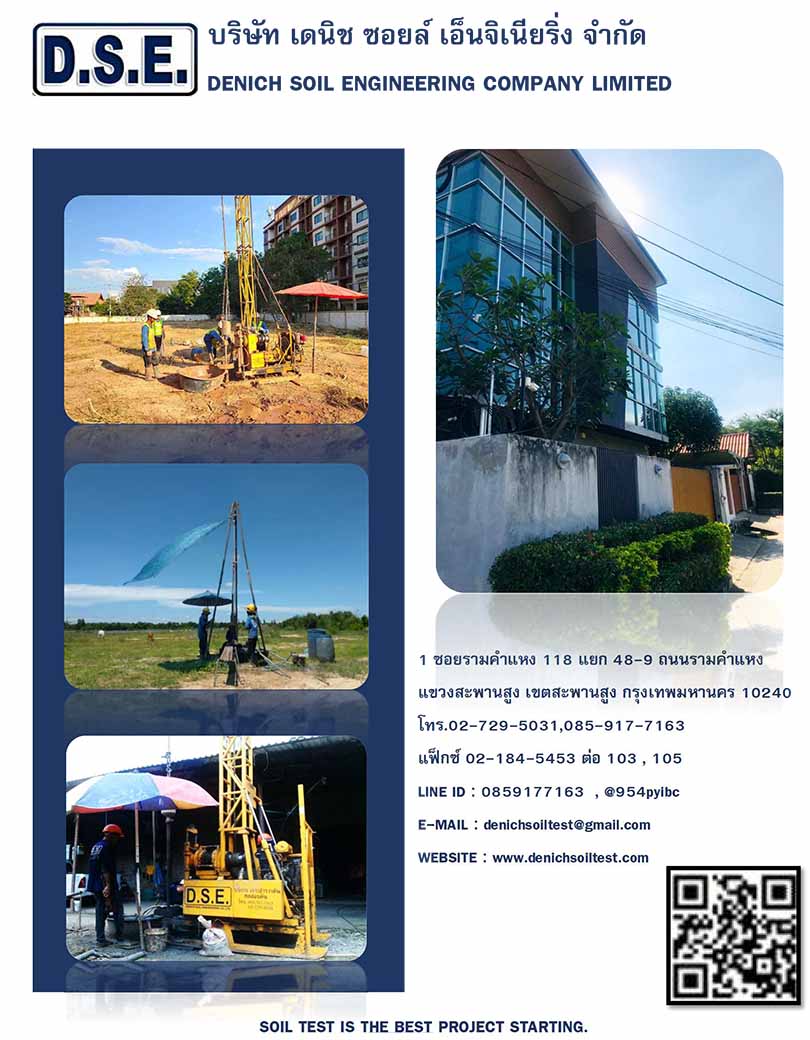Soil Boring Test Service
Soil boring Test , a key method in geotechnical investigations, concerns drilling into the ground to bring back soil sampling for soil test in labratory. This process helps in calculation soil bearing capacity the soil’s bearing capacity, density, moisture content, and other geotechnical properties. The information gained from soil boring is indispensable for making informed decisions about site selection, foundation design,and construction methods.
Soil investigation is a critical configuration in the planning and implementation of construction projects. It supplies essential data about the subsurface conditions that influence the design and stability of foundations, earthworks, and underground structures. By understanding the properties and behavior of soil, civil engineers can forecast and relieve possibility issues, assuring the safety, durability, and and cost-viability of their projects.
Soil Boring Test is the subsurface drilling operation, soil sampling, Soil physical properties test in field, Sounding Method the layer of soil, nearest the surface or you would to use other effective techniques that will benefit in the pursuit of vertical section characteristics of soil and horizon section Soil Properties dynamicprovides sufficient soil profile and data to calculate the soil’s bearing capacity or Soil mechanics, the study of the physical properties and utilization of soils have to consider can be utilized of construction projects such as highway or airport construction project, A trial pit (also known as a test pit) is a type of soil investigation typically used to investigate for shallow depth soil layer but pile foundation have to investigate soil deeper than end of pile expected will be usability. Soil investigation or soil boring test.
1. Geophysics Survey, namely is survey without soil boring but used with equipment on the soil surface used principle of physics to survey shape and arrangement of soil, methods mentioned have be accuracy less than soil boring test method. For example survey with this method are as follows: Resistivity Test Seismic Reflection Test and Ground Penetration Radar Test (GPR) etc.
2. In-situ Testing is field soil properties testing without recapture soil sampling in soil test in labratory but light ram sounding test equipment to inspect soil properties at various depths within the soil. advantage of this soil test methods is soil is tested actual conditions. but the disadvantage is field soil measurement tools have resolution isn’t as soil test equipments in labratory, resulting in results with limited resolution of variable values. Examples of surveying this method include Vane Shear Test, Cone Penetration Test and Standard Penetration Test, etc.
Soil boring is often done alongside soil sample and field test. Examples of soil boring methods include :
a. Hand Auger This method involves drilling using a hand auger, which relies on human effort. The hand auger consists of a drill bit and a long rod, typically about 1 meter in length, which can be extended by adding more rods. The process involves pressing and simultaneously rotating the hand auger until it fills with soil, then pulling it out to collect the soil sample. This soil sample can be used for Soil Classification. Hand augers can typically drill to depths of 6–10 meters in moderately firm clay soils with a not-too-high groundwater level.
b. Wash Boring Test : This soil boring test method involves soil boring by pumping water through a drill rod to a nozzle at the bottom of the hole, while simultaneously impacting or rotating the drill head. This process causes the soil at the bottom of the hole to be washed away by the water and brought up to the surface, creating a hole in the soil. The water carrying the soil sample flows into a sedimentation tank, where the sediment settles, and the clear water can be reused in a recirculating system. This method requires a Tripod, a winch (motor and catch head), and a water pump. When drilling through soft clay or very loose sand layers, a casing is needed to prevent soil collapse, and it is added in sections. This drilling method is popular in thailand because it allows for deep drilling and can reach specific locations to collect soil samples or perform field tests. Wash boring can achieve depths exceeding 60 meters in Bangkok. Wash Boring This method involves drilling into the soil by pumping water through a drill rod to a nozzle at the bottom of the hole, while simultaneously impacting or rotating the drill head. This process causes the soil at the bottom of the hole to be washed away by the water and brought up to the surface, creating a hole in the soil. The water carrying the soil sample flows into a sedimentation tank, where the sediment settles, and the clear water can be reused in a recirculating system. This method requires a Tripod, a winch (motor and catch head), and a water pump. When drilling through soft clay or very loose sand layers, a casing is needed to prevent soil collapse, and it is added in sections. This drilling method is popular in thailand because it allows for deep drilling and can reach specific locations to collect soil samples or perform field tests. Wash boring can achieve depths exceeding 60 meters in Bangkok.

